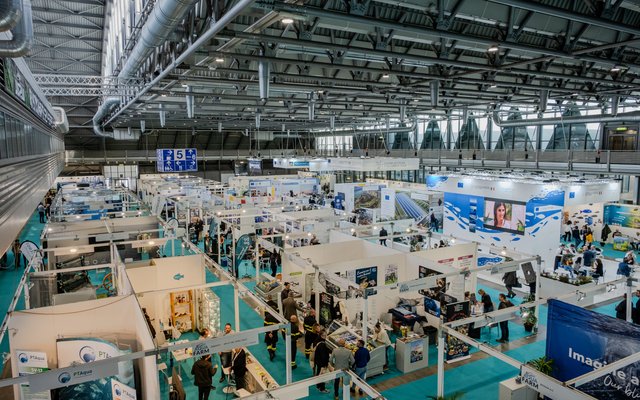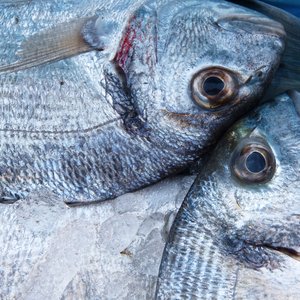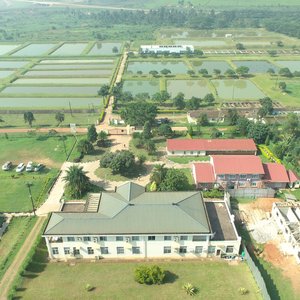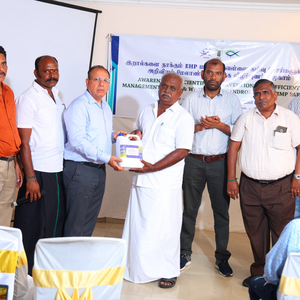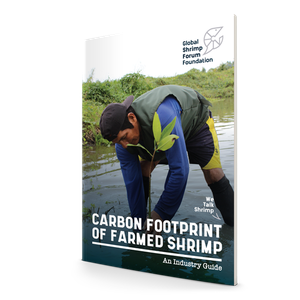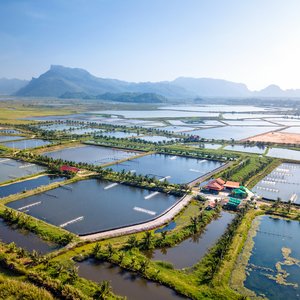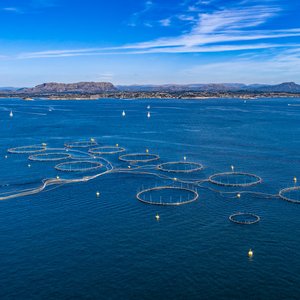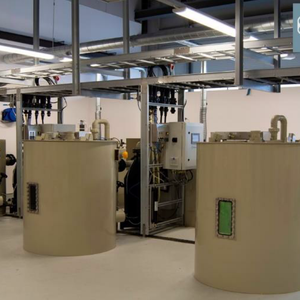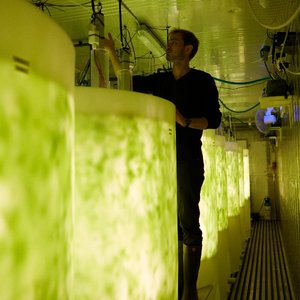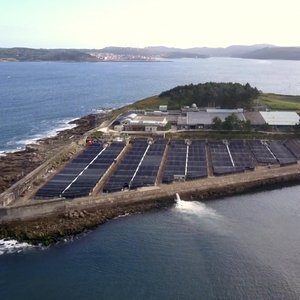The different ways in which aquaculture is effectively reducing its impact on the planet will open and close the conference program of the eighth edition of AquaFarm, the international exhibition-conference dedicated to aquaculture and the sustainable fishing industry, scheduled from February 12-13 at Pordenone Fiere.
With 51% of total production, farming is now the main source of fish, crustaceans and shellfish for human consumption. This figure, certified by the FAO, is set to increase in order to offer the growing world population healthy and safe food. It is therefore not surprising that researchers, industry investors and farmers are committed to reducing the impact of this increasingly important activity so that it can continue to develop without damaging the planet.
Aquaculture for the planet is the title of the opening session of the conference program of this year's show. The protection of biodiversity and the peaceful coexistence with the rest of the environment, especially in marine farming, are issues of the utmost relevance today. The Andalusian Livestock Farmers' Association wants to demonstrate that such simultaneity is possible, with the candidacy of the Bay of Cadiz district as the first Globally Important Agricultural Heritage System (GIAHS) of the aquaculture sector in the world. The GIAHS certification rewards food production systems that integrate tradition, ties with local communities and economic sustainability.
Energy is crucial for aquaculture. When electricity and gas prices soared three years ago, many farms, especially on land, entered into crisis. Although the situation is less critical now, farmers have learned valuable lessons. Self-production for self-consumption is the goal: biogas obtained from wastewater and byproducts, or electricity produced through various photovoltaic solutions, including floating ones, compliant with current technologies and regulations. Alessandra Scognamiglio, coordinator of the ENEA Sustainable Agrivoltaic task force and president of the Italian Association for Sustainable Agrivoltaics, will talk about this possibility.
Some go further, like Nutritech, which has developed an aquaponic farming system (fish and vegetables) that is completely autonomous from an energy point of view, based on renewable sources. The system, currently market-ready, is managed by an artificial intelligence that monitors environmental parameters and takes action when necessary. The plant is also capable of self-producing oxygen, used for management, and hydrogen, which powers a fuel cell.
Replicating the same level of autonomy at sea is not possible, but a lot can be done. Integrated multitrophic aquaculture, which will be illustrated by CREA with the BlueBoost project, involves the breeding of different aquatic species belonging to multiple trophic levels in the same production site, for example, fish of high commercial value (seabass, seabream, and grey mullet), filter-feeding shellfish (mussels, clams, and oysters), detritivorous invertebrates (sea cucumber) and autotrophic species (macroalgae). The excreta of one species constitutes the food of another. In this way, high productivity is obtained with low environmental impact.
It is the valorization of all the resources of a system the basis of circularity in farming, at the center of the closing session of the official AquaFarm program. It will start with the increasingly widespread use of fish processing waste for feed, reducing its impact on fishing. Enrico Bachis, market research director of IFFO - International Fish Feed Organization, will talk about it. Along the same lines, but with "terrestrial" resources, the WIN4FEED - Waste & Insect for Feed project by Fondazione Mach works, aims to use the byproducts of food processing as a growth medium for insect larvae, a source of protein for fish feed. Instead of insects, the research by the University of Verona talks about microbes, which aim to modify anaerobic digesters for biogas to use the digestate as a substrate for the microbial production of proteins for feed.
For the circular trout farming project CircularRainbow, coordinated by the University of Udine, the material to be reused as much as possible is water. Trout farms on dry land throughout Europe have to deal with a greater irregularity in the availability of running water. The project aims to recirculate water in a largely closed system. A further advantage of this solution is the possibility of recovering waste water and sludge to feed them into biogas digesters and thus improve the energy balance of the farms. The session closes with a novelty among farming techniques: vertical haloponics (aquaponics in brackish water), which combines hydroponics, vertical farming and closed-cycle farming. In the version, developed by the University of Padua, salt-tolerant plant species are grown in vertical hydroponics and used as food for shrimp. The sludge from the system is treated using vermicomposting techniques and valorized as biofertilizers. Earthworms are finally used as a food supplement for the shrimp, closing the circle.
To learn more about the issues of sustainability and innovation in aquaculture, the appointment is from February 12-13 at Aquafarm at Pordenone Fiere.


